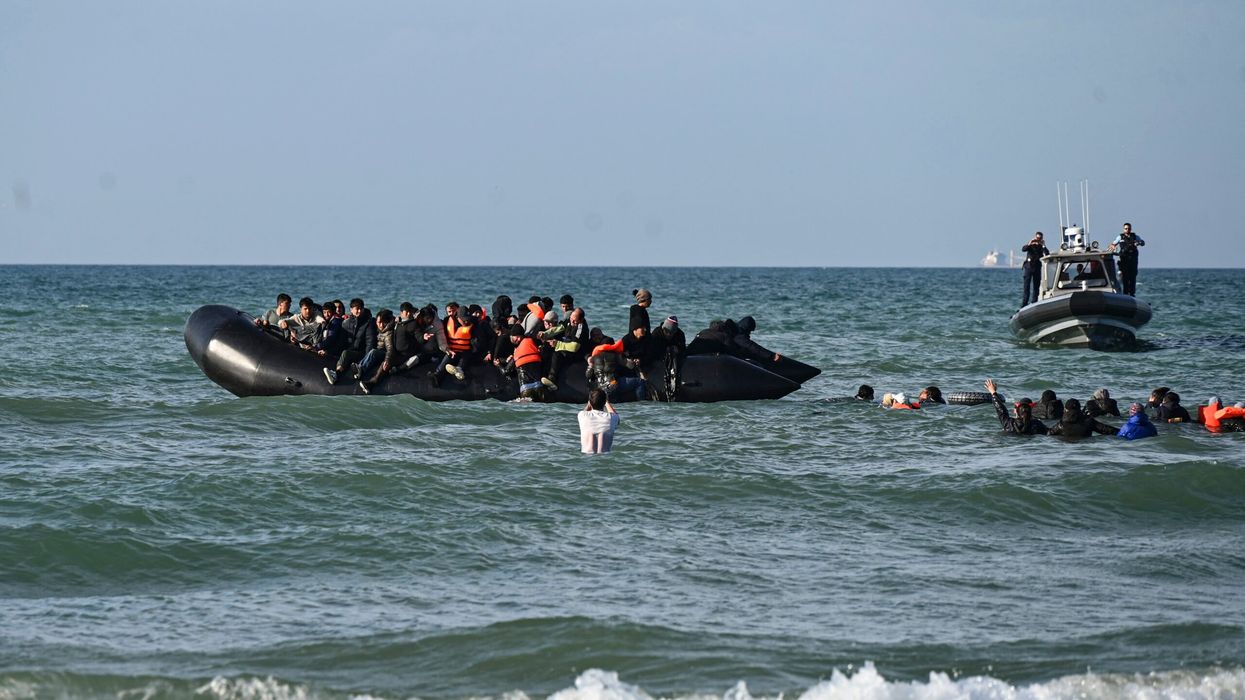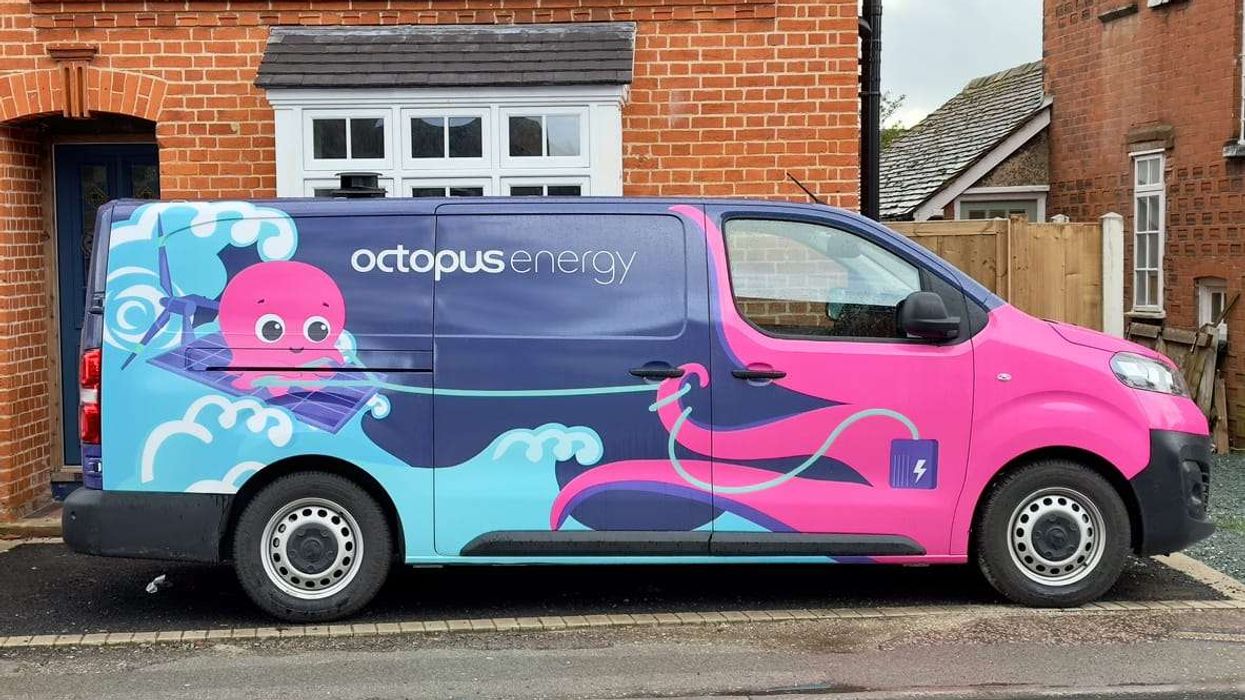Scholars who contributed to a text about the Swaminarayan faith group have paid tribute to the community, whose origins are in Gujarat, as they praised their tradition of service and their resilience.
Raymond B Williams, a professor at Wabash College in Indiana in the US; and Yogi Trivedi, an adjunct professor at the Graduate School of Journalism in Columbia University, collaborated on Swaminarayan Hinduism: Tradition, Adaptation and Identity (Oxford University Press, 2016), which was launched in the UK last month. It is a scholarly work that charts the growth and success of the Swaminarayan community in India, the UK, the US and other parts of the world.
“This edited volume presents perspectives on this popular religious community’s growth and cultural adaptation over the past two centuries. It is unique in that it includes studies by 20 scholars from different disciplines – religion, sociology, history, architecture, philosophy, literature,” Williams told Eastern Eye.
“Our main prerogative has been to make it accessible to specialists and non-specialists. We have also tried to make the volume accessible to readers without knowledge of Sanskrit, Urdu, Gujarati, Hindi, and other Indian languages,” said Trivedi.
“Professor Williams and I have tried to reach out to a large audience to increase awareness about Gujarat and the Swaminarayan community, both of which have been understudied in the past few decades.”
At the UK launch, which was held at King’s College in central London, Sunil Khilnani of the King’s India Institute said the book was “very much part of my understanding of India”. He said it “instructs and provokes a conversation about our religious practices”.
The book looks at the historical aspects of the faith group, from its origins to its growth in India and abroad, and the challenges it faced as the community settled outside India.
“Swaminarayan Hinduism has become a very visible and important form of Hinduism, with a growing transnational presence,” said Williams.
“It has developed an exceptionally skilled group of leaders among the householders and sadhus. The discipline and ethics in the Shikshapatri and other texts provide guidance for migrants adjusting to different social and cultural contexts.”
Swaminarayan temples serve as not only places of worship but also vital community centres from where followers also carry out voluntary projects.
In London, members of the royal family and prime ministers have visited the temples to meet influential members of the community and also take part in celebrations of festivals such as Diwali.
Prince Charles and the Duchess of Cornwall, David Cameron and George Osborne are among those who have been to the BAPS Swaminarayan temple in north London. The BAPS group behind the temple is known for its charitable activities such as organising fundraisers and health awareness programmes.
Williams said: “The ethics taught in their institutions and virtues instilled – similar in many ways to those taught by Mahatma Gandhi – are admirable. The strong emphasis on education, encouraging and assisting their young people to excel in their studies, is impressive.
“I remember a room in a temple in London outfitted with computers and all the books young people needed to study for their examinations and observing students being tutored by other youths who had attained high scores on their A-level examinations.”
Trivedi added: “The leaders and members of the community are open to sharing details about their faith and beliefs. They are equally open in hearing my analytical observations. This, for me, is what adds to the community’s resilience. This tolerance contributes to the community’s ability to adapt.
“This interplay between tradition and adaptation, and the acceptance of the voice of those within and without the community, allows for the formation of a dynamic identity.
“Most importantly, the community encourages its children to focus on staying in touch with the linguistic, literary and artistic aspects of their ancestors. Regular language, music, and even culinary seminars are offered at their temples and centers around the diaspora.”
He added: “Keeping up with language proficiency is key. Much of the community’s literature could and may be lost if language training is not emphasized.
“An equally important challenge is relevance. The formation of this new identity of Hindu teens and youth in the US and UK requires the community to accept and accommodate their preferences and expressions. If the community fails to do so, its message and the delivery medium will become less and less relevant.”
Williams’ interest in the group goes back to the late 1970s when he was studying religious traditions in the guru-disciple relationship of Shrivaishnava Hinduism. He went to Gujarat to do research and 40 years on, was able to persuade more scholars to contribute to the book.
He stressed the role of religion among migrant communities. “Parents worry about their children – Will our children be like us? Can they become better than we are? Immigrant parents search for people who will help them raise their children and save them from the perceived evils of the surrounding youth culture. They turn to religious groups for support, moral education, and role models.
“One reason religion is important in the current situation is that religion and religious organizations are conservative in helping people preserve the best of their tradition and can also provide the intellectual and social contexts for adapting that heritage constructively.”
Trivedi, who focuses on bhakti, or devotion, and the role of music, said modern technology such as video sharing websites and social media help keep alive ancient traditions.
He said: “The appeal of bhakti through the arts, architecture, performance, and literature allows for the tradition to adapt to newer forms of media. Today expressions of bhakti are most often experienced through new forms of media – YouTube, social media posts, and often even online rituals. Several authors in the volume address the flexibility and capacity to adapt of the bhakti traditions from the early period to the modern period. Many bhakti communities have found ways for the hymns and bhakti poems to be sung in different languages.
“Music too is an extremely important transmitter. If bhakti can transcend language barriers, music is most often its guiding light.”











